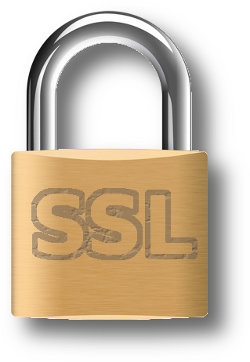Once again the internet flooded over with reports and alerts about a vulnerability using a funny name: POODLE. If you have even the slightest interest in this sort of stuff you’ve already grown tired and bored about everything that’s been written about this so why on earth do I have to pile on and add to the pain?
This is my way of explaining how POODLE affects or doesn’t affect curl, libcurl and the huge amount of existing applications using libcurl.
Is my application using HTTPS with libcurl or curl vulnerable to POODLE?
No. POODLE really is a browser-attack.
Motivation
The POODLE attack is a combination of several separate pieces that when combined allow attackers to exploit it. The individual pieces are not enough stand-alone.
SSLv3 is getting a lot of heat now since POODLE must be able to downgrade a connection to SSLv3 from TLS to work. Downgrade in a fairly crude way – in libcurl, only libcurl built to use NSS as its TLS backend supports this way of downgrading the protocol level.
Then, if an attacker manages to downgrade to SSLv3 (both the client and server must thus allow this) and get to use the sensitive block cipher of that protocol, it must maintain a connection to the server and then retry many similar requests to the server in order to try to work out details of the request – to figure out secrets it shouldn’t be able to. This would typically be made using javascript in a browser and really only HTTPS allows this so no other SSL-using protocol can be exploited like this.
For the typical curl user or a libcurl user, there’s A) no javascript and B) the application already knows the request it is doing and normally doesn’t inject random stuff from 3rd party sources that could be allowed to steal secrets. There’s really no room for any outsider here to steal secrets or cookies or whatever.
How will curl change
There’s no immediate need to do anything as curl and libcurl are not vulnerable to POODLE.
Still, SSLv3 is long overdue and is not really a modern protocol (TLS 1.0, the successor, had its RFC published 1999) so in order to really avoid the risk that it will be possible exploit this protocol one way or another now or later using curl/libcurl, we will disable SSLv3 by default in the next curl release. For all TLS backends.
Why? Just to be extra super cautious and because this attack helped us remember that SSLv3 is old and should be let down to die.
If possible, explicitly requesting SSLv3 should still be possible so that users can still work with their legacy systems in dire need of upgrade but placed in corners of the world that every sensible human has since long forgotten or just ignored.
In-depth explanations of POODLE
I especially like the ones provided by PolarSSL and GnuTLS, possibly due to their clear “distance” from browsers.



 Back in 2002 I realized that having libcurl not do SSL server verification by default basically meant that everyone writing
Back in 2002 I realized that having libcurl not do SSL server verification by default basically meant that everyone writing